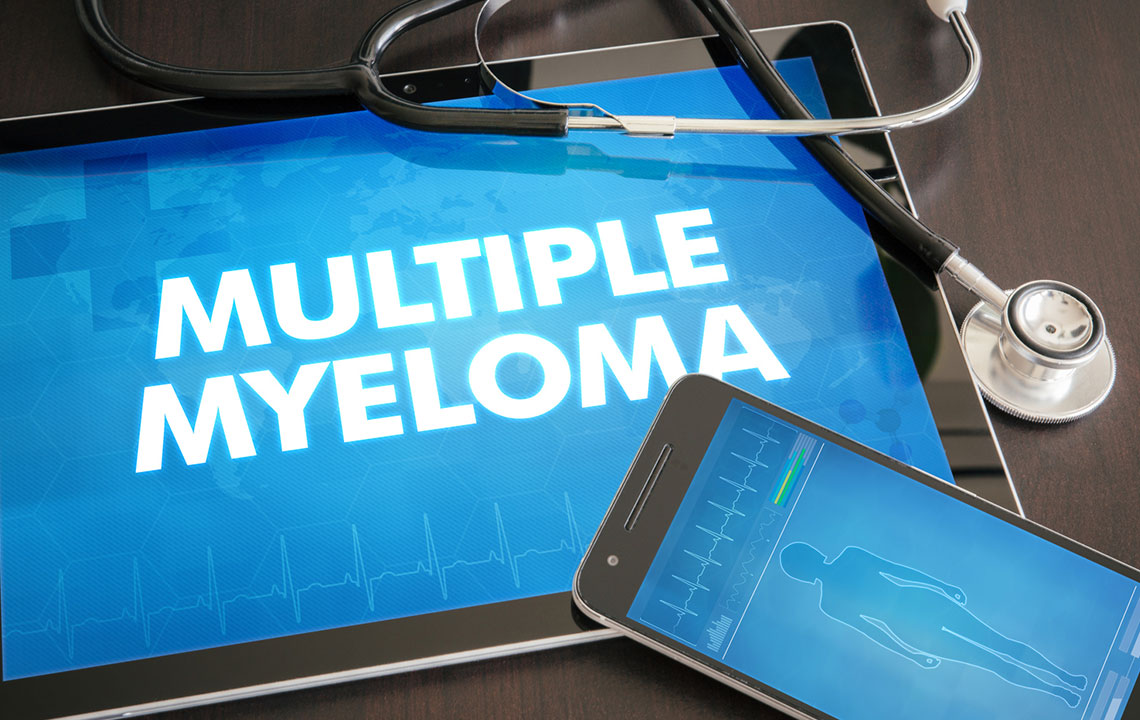Advancing Multiple Myeloma Treatment: The Critical Role of Biosimilars in Modern Oncology
This comprehensive article explores how biosimilars are revolutionizing multiple myeloma treatment. It covers their development, regulatory standards, cost benefits, and safety profile, emphasizing their role in improving accessibility and reducing healthcare costs. The piece highlights upcoming advancements and the importance of monitoring biosimilar efficacy through clinical and post-market surveillance, making modern oncology treatments safer and more affordable.

Enhancing Multiple Myeloma Management through Biosimilars
Biosimilars, also known as follow-on biologics, represent a significant breakthrough in the treatment landscape for multiple myeloma and other complex cancers. These biologic medicines are highly similar to original reference drugs in terms of quality, safety, and effectiveness, but are developed by different pharmaceutical companies once patents on the original biologics expire. This similarity allows for more affordable treatment options without compromising clinical outcomes. The growing availability of biosimilars is transforming oncology protocols by providing cost-effective alternatives that help reduce the financial burden on healthcare systems and patients alike, ultimately improving access to life-saving therapies.
The Development and R&D of Biosimilars for Multiple Myeloma
In recent years, the realm of biopharmaceuticals has seen rapid advancements, especially in managing multiple myeloma, a complex hematologic malignancy. Innovations focus on creating biosimilars that replicate established biologics like Filgrastim—an essential supportive therapy used in stem cell transplantation and infection prevention. Developing these biosimilars not only expands treatment options but also significantly lowers costs, making therapies more accessible for patients across different socioeconomic backgrounds. Such developments are driven by the necessity to combat the high costs associated with biologic treatments and improve overall patient outcomes.
Healthcare expenditure on cancer care, especially for chronic conditions like multiple myeloma, remains high. Biosimilars such as Filgrastim are crucial in reducing these costs. These medications support patients undergoing intensive treatments like stem cell transplants by boosting white blood cell counts, helping prevent infections, and promoting faster recovery. The cost advantages of biosimilars enable broader treatment access, reducing the financial barriers faced by many patients and healthcare systems alike.
Regulatory Pathways and Approval Processes for Biosimilars
Since biosimilars are not identical to their reference biologics due to proprietary formulation restrictions, rigorous regulatory standards are established to ensure their safety, efficacy, and immunogenic profile. Regulatory agencies, such as the FDA and EMA, require comprehensive clinical data demonstrating that biosimilars match the original innovator products in terms of biological activity, safety, and tolerability before receiving approval. This strict oversight guarantees that switching between brand-name biologics and biosimilars does not compromise treatment efficacy or patient safety.
Common biologic therapies for multiple myeloma include immunomodulatory drugs such as thalidomide, lenalidomide, and pomalidomide, as well as proteasome inhibitors like bortezomib. Monoclonal antibody treatments, including daratumumab (noted by the “mab” suffix), also form a core part of the management protocol. Biosimilars are being developed for several of these agents, providing clinicians with flexible, cost-effective options for tailored treatment plans.
For instance, FDA-approved biosimilars for Filgrastim are extensively evaluated to ensure they produce similar clinical outcomes as the original. While these biosimilars may differ slightly in formulation, they must conform to high standards that support their interchangeable use in treatment regimens. Clinical studies confirm that switching between branded and biosimilar products does not affect safety or efficacy, with post-market surveillance gathering ongoing real-world data to monitor long-term outcomes.
Economic Benefits and Cost Savings with Biosimilars
Biosimilars typically cost around 20% less than their reference biologic counterparts, leading to substantial savings for healthcare providers and patients. This reduction in drug costs contributes to lowering overall treatment expenses, expanding access, and decreasing out-of-pocket payments. Patients are encouraged to check with their insurance carriers and healthcare providers to understand coverage options for biosimilars, maximizing their financial savings while receiving high-quality care.
Safety Profile and Managing Side Effects of Biosimilars in Multiple Myeloma
Concerns about the quality and safety of biosimilars are common among patients and practitioners. However, regulatory bodies enforce strict approval processes that require extensive testing to confirm biosimilars match the original biologics in safety and effectiveness. Like all cancer therapies, biosimilars may cause side effects such as nausea, fatigue, diarrhea, or appetite loss. Patients should actively collaborate with their healthcare team to monitor and report any adverse reactions. Supportive care measures—ranging from symptom management to nutritional support—are vital in ensuring a tolerable and effective treatment experience with biosimilars.





